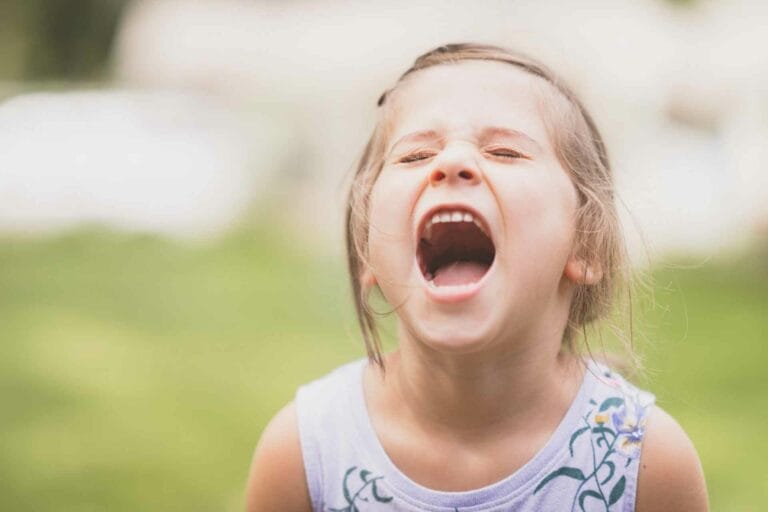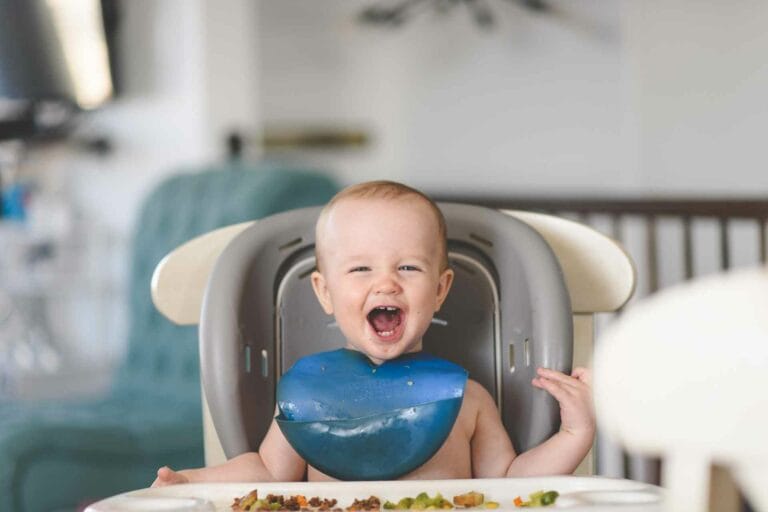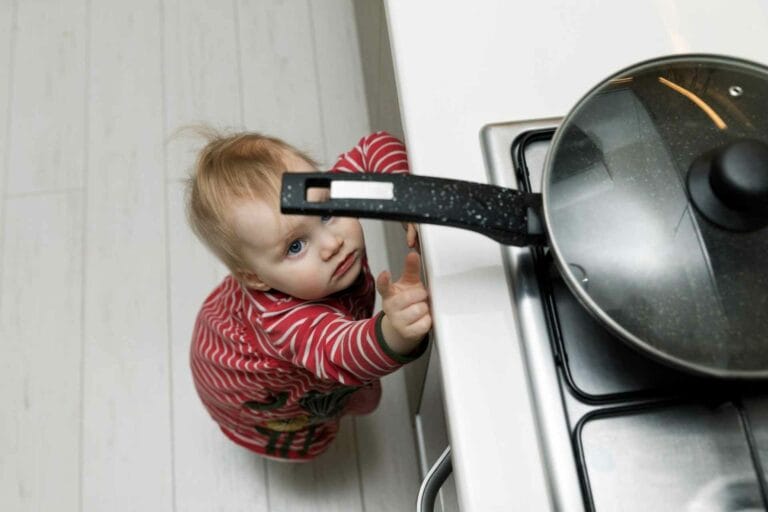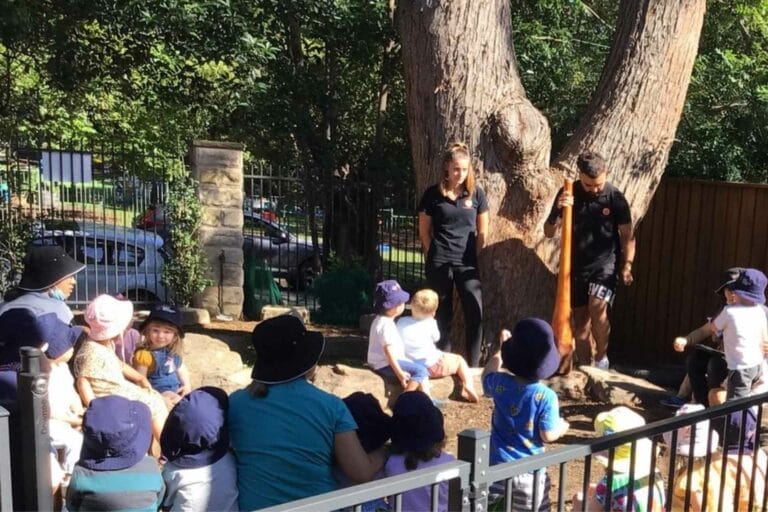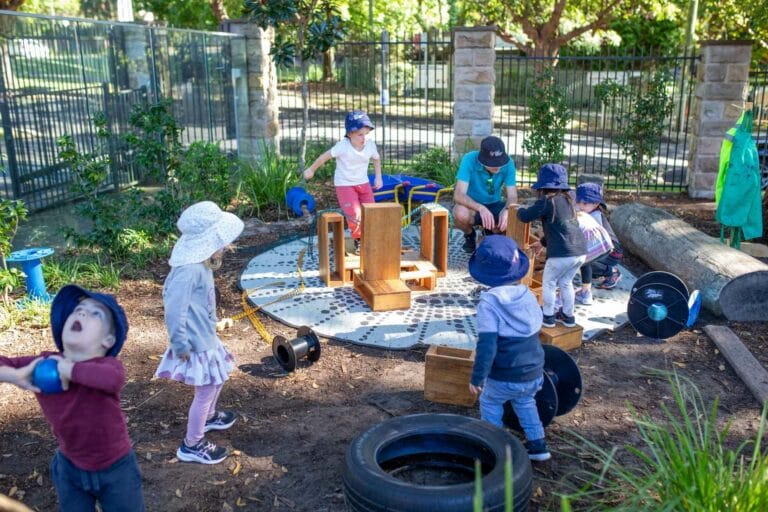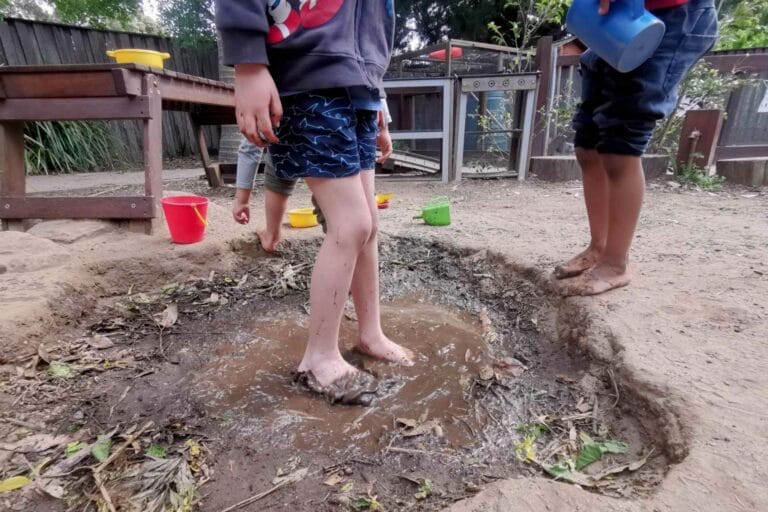10 steps to keeping your child safe online
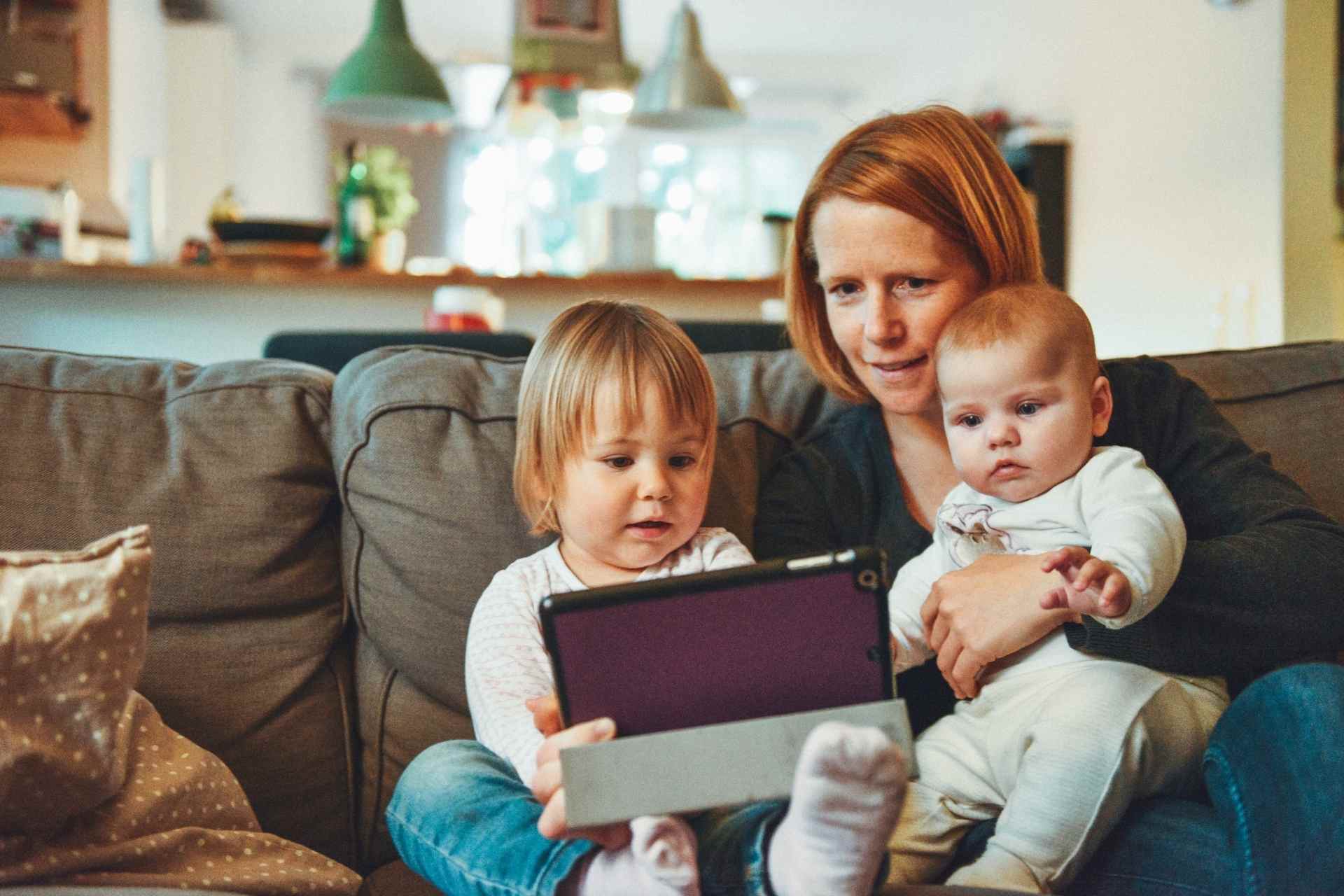
Today’s children are born in a world where existence is impractical without technology. Technology provides limitless opportunities to connect, play games and explore a whole new world. Hence, a very heavy responsibility rests on parents and carers to protect children from harmful and unsuitable online content. So just how do you keep your child safe online?
Follow our 10 steps to keeping your child safe online
Our top 10 online safety practices that will help families stay connected while lowering the risks of technological abuse.
- A trusted adult should play new games or applications with the child at first while exploring together.
- The child must consult the parent before downloading, installing, or purchasing anything online. Where possible, activate parental controls on your device to help make them more secure for your children.
- Teach your child to not provide any of their personal information, for example: their address, school, phone number, or passwords.
- Parents must make internet accounts private and check the privacy settings. Many sites have settings to make the content displayed suitable for younger users. This can be particularly helpful on search engines.
- Children are to inform parents immediately if they receive a communication from someone they don’t know that makes them feel uneasy or endangered.
- Children should not accept friend requests from anyone that they do not know.
- ‘Online friends’ should remain online friends only. Children should not meet up with them in person.
- Cyberbullying – advise the child to not respond and teach them to not forward if they receive a mean message or one that is mean about someone else.
- Children should immediately tell their parents if they find something online that they do not like.
- A parent/carer should stay close by when a child is using a phone, tablet, or computer by themselves.
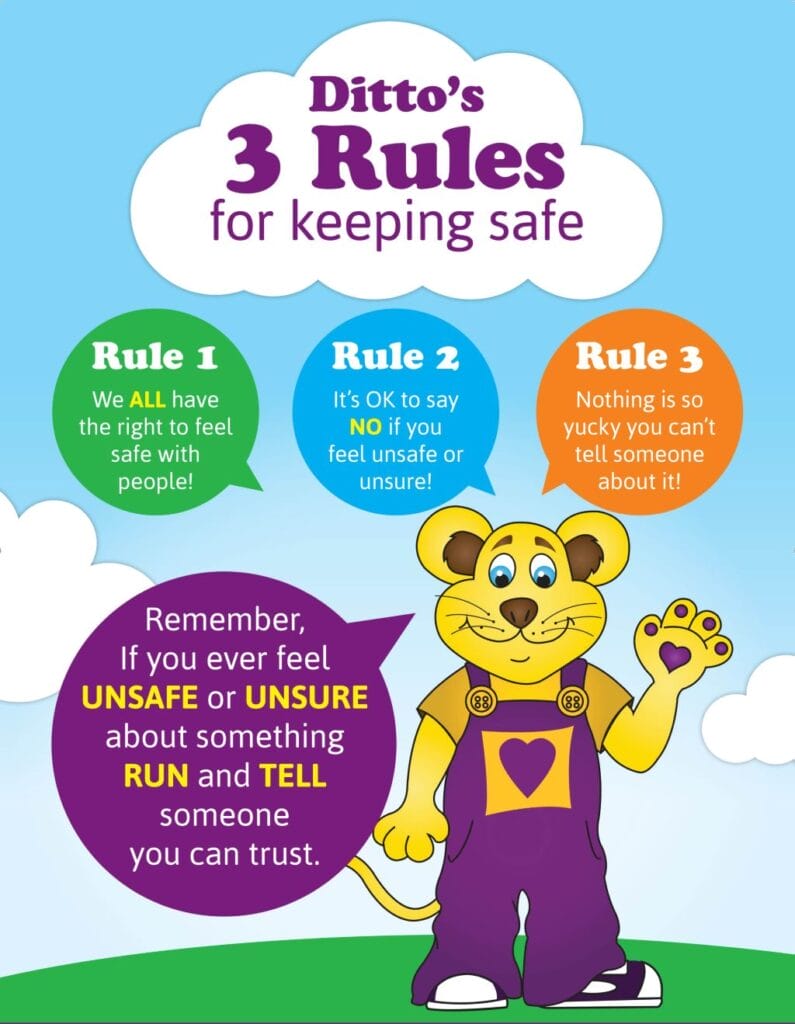
Identifying organisations that can keep your child safe online
Moving on from online safety, physical safety is also emphasised by NSW Parliament as they passed The Child Safe Standards Scheme in 2021. The main intention of this scheme is to ensure children’s safety and the best interests of children which is at the core of any organisation that engages with young children. According to Australian Human Rights Commission (2018, p.4), the main characteristic of child-safe organisations is:
- The Centre’s philosophy supports environments where children’s safety and well-being are paramount.
- Children are active participants in the decisions that affect them, and their voices are valued in the decision-making processes.
- Actively engaging in reducing the probability of harm to children.
- Centre policies actively support the likelihood of identifying harm/ Preventative measures are in place.
- The procedure is in place that responds vigorously to any suspicions, disclosure, and concerns of harm.
Now, let’s take a look at some of the ways that Sydney Early Education Centres (SEEC) is committed to being a child-safe organisation:
Philosophy
SEEC’s Philosophy has a strong commitment to the wellbeing of children. The value of protecting children, adhering to their rights, and sharing responsibility is embedded at all levels of care and education. Children are provided with a safe and secure environment and relationships where their choices, opinions and views matter the most.
Action Groups
SEEC has a Child Safe Action Group to ensure our educators collaborate with families in developing an understanding of the new Child Safe Standards and how to implement them into our policies and practices. SEEC management leads this process ensuring all our children are safe and protected.
Child Safe Educational Program
SEEC’s environment and program promote opportunities for each child’s right to:
- be asked to express their views and wishes about matters affecting their lives and to have those views appropriately considered by adults;
- feel and be safe in their interactions with adults and other children and young people; and
- understand, as early as possible, what is meant by ‘feeling and being safe’.
Professional Development
Staff continuously engage in workshops and webinars to upskill and learn ways to keep children safe and have their voices heard in decisions that affect them. Child Protection training is mandatory for all staff and this training provides the necessary tools and techniques for keeping children safe. Management gives priority to upskilling staff and a culture of continuous learning is encouraged.
Recruitment Process
SEEC’s recruitment process for casual and permanent staff is comprehensive and our staff are all screened for a current NSW Working with Children’s Check. When hiring, policies related to Child Protection, Child Safe Standards and reporting of abuse, harm and neglect are discussed in detail and staff are offered training in a Child Protection Course.
We work closely in partnership with families, educators and the wider community and following tangible guidelines from the authorities we can create safe communities for our children.
Keeping children safe is everyone’s business!
Further Information and Reading:
Child Safe Organizations: To assist organisations in putting the National Principles for Child Safe Organizations into practice, this website offers a variety of information and resources.
Responding to disclosures of child abuse and neglect. Recent studies on how to assist and react to children who disclose abuse and neglect were given during this CFCA webinar.
NAPCAN – Child Safe Organisations training, this website provides advisory services and professional development programmes to assist businesses in becoming kid safe.
Raising Children, Online safety: How to parent-child relationships protect children. This Australian parenting website provides free parenting articles and videos backed by experts.
https://ocg.nsw.gov.au/training-and-resources/elearning This website provides free eLearning Courses to help organisations keep children safe.
Bravehearts, Protecting our kids and teaching children about personal safety. Bravehearts organisation works holistically to educate, empower and protect children from child sexual abuse.
References:
Child safe organisations: Information for organisations on how to keep children safe | Australian Institute of Family Studies. (n.d.). Retrieved October 6, 2022, from https://aifs.gov.au/resources/short-articles/child-safe-organisations-information-organisations-how-keep-children-safe
Evans, M. (2021, November 19). Child Safe Standards Scheme – NSW – Childcare Centre Desktop. Retrieved October 6, 2022, from https://www.childcarecentredesktop.com.au/child-safe-standards-scheme-nsw/
Falkland, C. (n.d.). Child Safe Standards Scheme – Victoria & NSW – Australian Childcare Alliance. Retrieved October 6, 2022, from https://childcarealliance.org.au/blog/289-child-safe-standards-scheme
Online safety: how parent-child relationships protect children. (n.d.). Retrieved October 6, 2022, from https://raisingchildren.net.au/preschoolers/safety/online-safety/online-safety-how-parent-child-relationships-protect-children
We hope this article has highlighted steps that you can take to keep your child safer online. If you would like to find out more about our service you can book a tour or send us a message.

Written By
Sultana Thanawala WEEC Director
